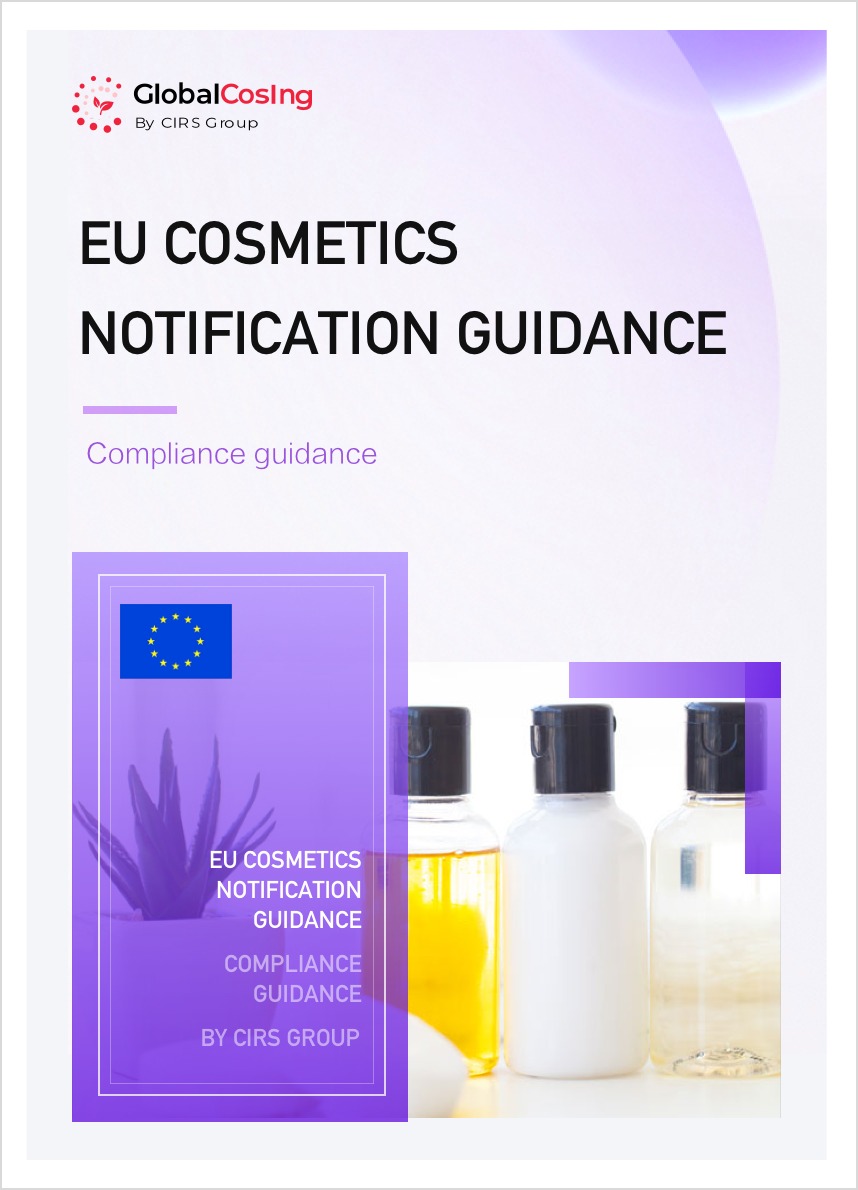3. Classification of Cosmetics
According to the the EU Cosmetics Regulation (EC) No 1223/2009, the assessment of whether a product is a cosmetic product has to be made on the basis of a case-by-case assessment, taking into account all characteristics of the product.
“Cosmetic products may include creams, emulsions, lotions, gels and oils for the skin, face masks, tinted bases (liquids, pastes, powders), make-up powders, after-bath powders, hygienic powders, toilet soaps, deodorant soaps, perfumes, toilet waters and eau de Cologne, bath and shower preparations (salts, foams, oils, gels), depilatories, deodorantsand anti-perspirants, hair colorants, products for waving, straightening and fixing hair, hair-setting products, haircleansing products (lotions, powders, shampoos), hairconditioning products (lotions, creams, oils), hairdressing products (lotions, lacquers, brilliantines), shaving products (creams, foams, lotions), make-up and products removing make-up, products intended for application to the lips, products for care of the teeth and the mouth, products for nail care and make-up, products for external intimate hygiene, sunbathing products, products for tanning without sun, skin-whitening products and anti-wrinkle products.”
The competent authorities of EU Member States are responsible for making the final determination on whether a product falls within the cosmetic product category. For products that exist on the borderline between cosmetics and other product categories, known as "borderline products", the European Commission has issued a series of guidance documents to provide clarification.
- Borderline products manual on the scope of application of the Cosmetics Regulation (EC) No 1223/2009
- Guidance document on the demarcation between the Cosmetic Products Directive 76/768 and the Medicinal Products Directive 2001/83


